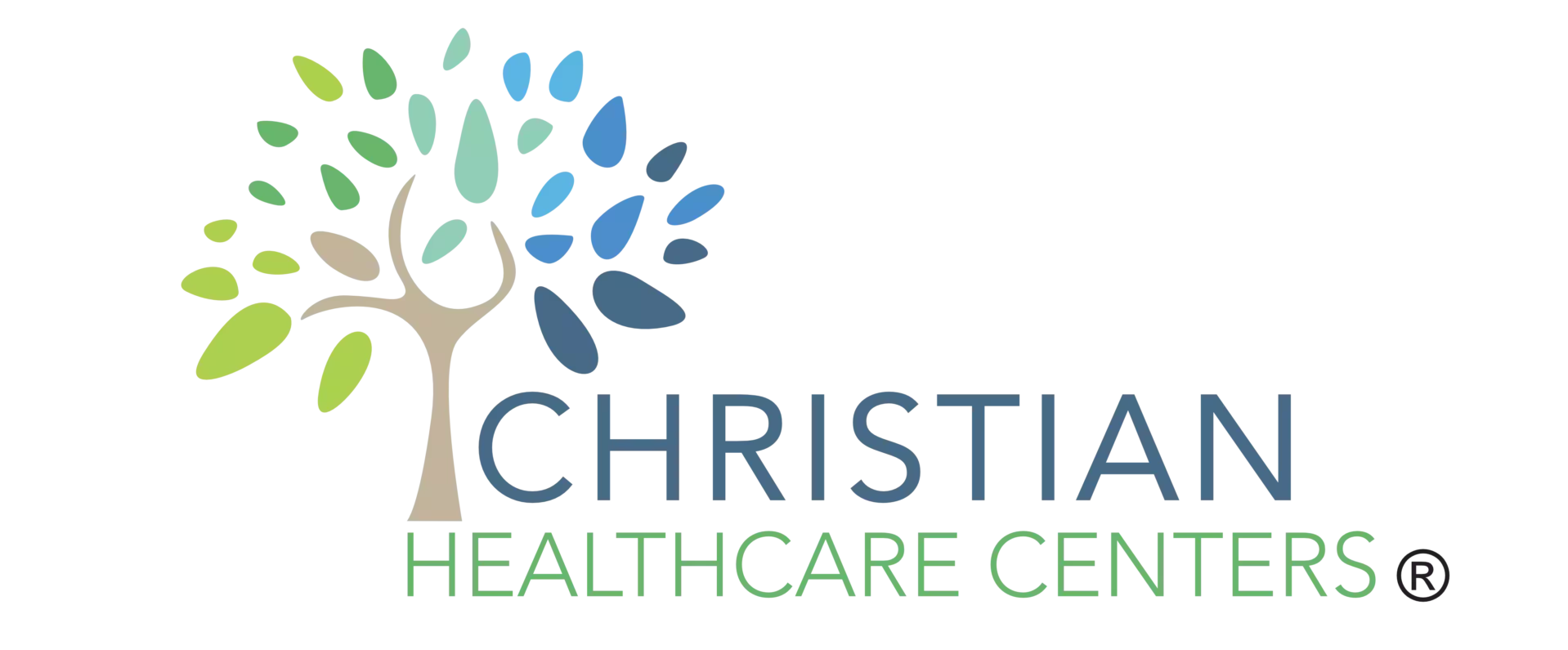Are you tired of skyrocketing healthcare costs? Looking for a solution that not only saves you money but also provides quality care? Well, look no further.
Direct care integration is the answer you’ve been searching for. With its ability to cut down on unnecessary expenses and streamline healthcare delivery, this innovative approach promises to revolutionize the healthcare industry.
But how exactly does it work? And what are the financial benefits of embracing this model?
In this discussion, we will explore the potential of direct care integration to slash healthcare costs and improve the overall patient experience. Get ready to discover a more cost-efficient and patient-centered healthcare system that puts your needs first.
The Benefits of Direct Primary Care Integration
By integrating direct primary care into your healthcare system, you can experience numerous benefits that improve the accessibility, quality, and cost-effectiveness of your medical care. One of the key advantages of direct primary care integration is the improvement in patient satisfaction. With this model, you have more direct and unrestricted access to your primary care provider, allowing for increased communication, trust, and personalized care. This enhanced patient-provider relationship fosters a sense of belonging and ensures that you feel heard and valued in your healthcare journey.
Direct primary care also focuses on enhancing preventive care, which is crucial for maintaining your overall well-being. Under this model, your primary care provider takes a proactive approach to your health, offering preventive services such as regular check-ups, screenings, and vaccinations. By actively monitoring your health and addressing any potential issues early on, you can prevent the development of more serious conditions and avoid unnecessary hospitalizations or expensive treatments. This emphasis on prevention not only keeps you healthier but also reduces the financial burden associated with chronic diseases.
Furthermore, direct primary care integration promotes cost-effectiveness in your medical care. By eliminating the need for insurance claims and third-party billing, this model eliminates administrative costs and allows for more transparent pricing. You pay a monthly fee directly to your primary care provider, which covers a wide range of services, including office visits, basic laboratory tests, and even some medications. This simplicity and affordability make healthcare more accessible for many individuals and families, ensuring that you receive the necessary care without breaking the bank.
How Direct Primary Care Reduces Healthcare Costs
Direct primary care offers a cost-effective approach to healthcare that helps reduce overall healthcare costs. By implementing direct primary care models, individuals can benefit from the following ways in which this innovative approach reduces medical expenses:
- Lower overhead costs: Direct primary care eliminates the need for insurance billing and reduces administrative overhead, allowing healthcare providers to focus more on patient care. This reduction in administrative costs translates to lower overall expenses for both providers and patients.
- Preventive care focus: Direct primary care models prioritize preventive care, aiming to detect and address health issues before they become severe. By focusing on prevention, individuals can avoid costly treatments and hospitalizations in the long run.
- Reduced specialist referrals: Direct primary care providers often have a wide range of expertise and can handle many medical conditions. This reduces the necessity for specialist referrals, which can be costly and time-consuming.
- Transparent pricing: Direct primary care providers often offer transparent pricing, providing patients with upfront information about costs. This transparency allows individuals to make informed decisions about their healthcare and avoid surprise medical bills.
- Prescription cost savings: Direct primary care providers often provide medications at wholesale prices, significantly reducing the cost of prescription drugs. This can lead to substantial savings for individuals, especially those with chronic conditions who require long-term medication.
Understanding the Cost Savings of Direct Care Integration
To truly grasp the cost savings of direct care integration, it’s crucial to understand the various ways in which this innovative approach can positively impact healthcare expenses.
Direct care integration offers cost-effective solutions and cost-reduction strategies that can make a significant difference in your healthcare spending.
One of the key benefits of direct care integration is the elimination of unnecessary administrative costs. By cutting out the middleman and establishing a direct relationship with your healthcare provider, you can avoid the additional expenses associated with insurance companies and their administrative processes. This streamlined approach allows for more efficient and cost-effective care.
Another cost-saving aspect of direct care integration is the emphasis on preventive care. With direct primary care, you have unlimited access to your primary care physician, enabling you to receive regular check-ups, screenings, and preventive treatments. By focusing on prevention, potential health issues can be identified and addressed early on, reducing the need for expensive treatments or hospitalizations down the line.
Direct care integration also promotes cost transparency. With traditional healthcare models, it can be challenging to understand the true cost of medical procedures, tests, and medications. However, with direct primary care, you receive transparent pricing and know exactly what you’re paying for. This allows you to make informed decisions about your healthcare and avoid unnecessary expenses.
Furthermore, direct care integration encourages a personalized approach to healthcare. Your primary care physician becomes familiar with your medical history, lifestyle, and individual needs. This personalized care can lead to more accurate diagnoses, appropriate treatment plans, and ultimately, better health outcomes. By addressing health issues efficiently and effectively, direct care integration can help reduce the overall cost of healthcare.
Exploring the Financial Advantages of Direct Primary Care
Understanding the cost savings of direct care integration can lead to a deeper exploration of the financial advantages of direct primary care. When it comes to healthcare, financial implications are a major concern for many individuals and families. Direct primary care offers cost-effective solutions that can help alleviate some of these financial burdens. Here are five key financial advantages of direct primary care:
- Reduced healthcare costs: Direct primary care eliminates the need for insurance middlemen and reduces administrative costs, resulting in lower healthcare expenses for patients. This can lead to significant savings over time.
- Transparent pricing: Direct primary care practices often offer transparent pricing, which means patients know exactly what they’re paying for. This transparency allows individuals to make informed decisions about their healthcare and avoid unexpected expenses.
- Preventive care focus: Direct primary care providers prioritize preventive care, focusing on early detection and intervention. By addressing health concerns before they become serious, individuals can avoid costly hospitalizations or expensive treatments down the line.
- No copays or deductibles: Direct primary care typically operates on a membership or subscription basis, where patients pay a fixed monthly fee for unlimited access to primary care services. This eliminates the need for copays or deductibles, providing predictable and affordable healthcare costs.
- Time and convenience savings: With direct primary care, patients can often receive same-day or next-day appointments and longer appointment times. This reduces the need for costly emergency room visits or urgent care visits, saving both time and money.
Maximizing Cost Efficiency Through Direct Care Integration
By integrating direct care into healthcare systems, you can maximize cost efficiency. Implementing cost-saving strategies and improving healthcare efficiency are crucial for reducing the burden on both patients and providers. Direct care integration allows for a more streamlined and coordinated approach, which can lead to significant cost savings.
One way to maximize cost efficiency through direct care integration is by eliminating unnecessary administrative costs. By removing the middlemen and bureaucratic processes, direct care providers can focus more on patient care and reduce overhead expenses. This streamlined approach not only saves money but also improves the overall patient experience.
Another cost-saving strategy is the reduction of unnecessary tests and procedures. With direct care integration, providers have more time to spend with patients, allowing for a comprehensive evaluation of their healthcare needs. This personalized approach helps avoid unnecessary tests, reducing healthcare costs while still providing high-quality care.
Direct care integration also promotes preventive care, which is essential for cost efficiency. By emphasizing preventive measures, such as regular screenings and vaccinations, healthcare providers can identify and address potential health issues before they become more severe and costly to treat. This proactive approach not only saves money but also improves patient outcomes.
Furthermore, direct care integration can lead to better management of chronic conditions. By providing ongoing support and personalized care, providers can help patients manage their conditions effectively, reducing the need for emergency visits or hospitalizations. This approach not only saves money but also improves the quality of life for patients.
Realizing the Long-Term Savings of Direct Primary Care
By realizing the long-term savings of direct primary care, you can continue to maximize cost efficiency and improve patient outcomes. Direct primary care not only provides immediate benefits but also has a significant long-term impact on your financial sustainability. Here are five reasons why realizing the long-term savings of direct primary care is essential:
- Reduced hospitalizations: Direct primary care focuses on preventive care, early detection, and management of chronic conditions. By providing comprehensive primary care services, direct primary care practices help prevent complications that may lead to hospitalizations. This reduces healthcare costs in the long run.
- Lower medication costs: Direct primary care physicians have more time to understand your unique healthcare needs and provide personalized treatment plans. They can help you optimize your medication regimen, ensuring you receive the most effective and cost-efficient medications. This leads to significant savings on prescription drugs.
- Decreased emergency room visits: With direct primary care, you have access to your primary care physician whenever you need them. This availability reduces the need for unnecessary emergency room visits, which can be costly. By providing timely care and addressing concerns promptly, direct primary care helps you avoid unnecessary emergency room expenses.
- Improved management of chronic conditions: Direct primary care focuses on the proactive management of chronic conditions, such as diabetes, hypertension, and asthma. By closely monitoring these conditions and providing regular care, direct primary care helps prevent disease progression and complications. This results in fewer hospitalizations and lower healthcare costs over time.
- Enhanced overall wellness: Direct primary care emphasizes preventive care and wellness promotion. By encouraging healthy lifestyle choices and providing comprehensive preventive services, direct primary care helps you stay healthier in the long term. This reduces the need for expensive treatments and interventions, contributing to your financial sustainability.
Review
By integrating direct primary care, you can slash healthcare costs and maximize cost efficiency while realizing long-term savings. The benefits of direct care integration are numerous and undeniable.
With reduced healthcare costs, you can enjoy financial advantages and explore the cost savings of this innovative approach. So, hop on board the direct care integration train and watch your expenses diminish while your health and wallet flourish!


